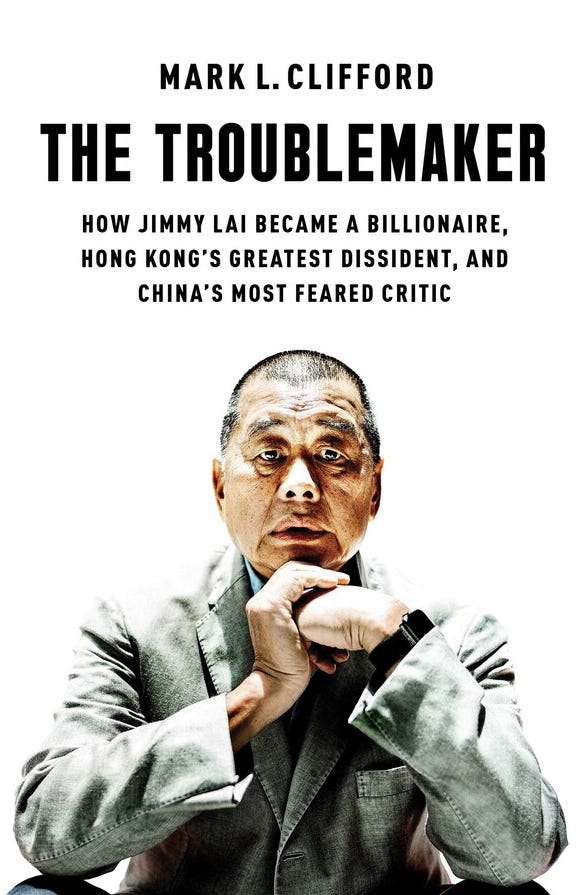Elon’s $1 Trillion Ask
Description
Tesla’s second quarter of 2025 was brutal: deliveries fell 13.5% year-on-year, revenue contracted 12%, and operating margins compressed to mid-single digits. Yet, in the middle of this slump, the board is asking shareholders to approve the largest CEO pay package in corporate history—potentially worth one trillion dollars. It is a staggering juxtaposition: shrinking fundamentals on one side, an astronomical ask on the other. At such a moment, investors must ask the unvarnished question—does this serve Tesla, or does it serve Elon Musk?
The Trillion Dollar Ask
The board’s proposed package would hand Musk up to 12% additional equity in Tesla, contingent on crossing an Everest of targets: a market capitalization of $8.5–8.6 trillion by the mid-2030s, annual production of 20 million vehicles, deployment of fleets of autonomous robotaxis, humanoid robot commercialization, and a soaring $400 billion EBITDA.
To put this in perspective, Tesla today is worth roughly $1 trillion; the board is effectively betting on an eight-fold expansion—larger than the combined current market values of Apple, Microsoft, and Amazon. The ambition borders on fantastical.
Proponents defend the package as “pay for outperformance.” But the numbers tell a sobering story: Tesla’s Q2 2025 deliveries dropped 13.5% YoY, revenues contracted by 12%, and operating margins slipped from double-digit highs to the mid-single digits. This is not outperformance; it is retrenchment. Against that backdrop, the ask for a trillion-dollar package looks less like incentive alignment and more like a test of how far the cult of the visionary CEO can stretch shareholder patience.
Visionary Founder Culture
Elon Musk is not just Tesla’s CEO; he is Silicon Valley’s most flamboyant expression of the “visionary founder” archetype. For decades, American business culture—especially in Silicon Valley—has celebrated entrepreneurs as heroic saviors. Steve Jobs was canonized as the creative genius, Jeff Bezos as the relentless optimizer, Mark Zuckerberg as the digital architect. Each cultivated the persona of the irreplaceable leader whose charisma justified extraordinary deference from boards and investors. Musk has perfected this archetype, presenting himself simultaneously as engineer, futurist, and prophet.
This culture was reinforced by the venture capital system. Since the 1990s, VCs have increasingly granted founders dual-class shares and “super-voting rights”, allowing them to retain control far beyond their equity stakes. The rationale was that protecting “visionaries” from short-term shareholder pressure would unleash long-term innovation. But in practice, it entrenched founders and weakened governance. WeWork’s Adam Neumann, Uber’s Travis Kalanick, and Meta’s Zuckerberg all illustrate how unchecked founder control can corrode oversight. Musk fits neatly into this pattern—except that Tesla’s board has taken the logic to its extreme by proposing the largest compensation package in corporate history.
The academic record underscores the risks. Bebchuk and Fried argue that charismatic leaders capture boards, extracting “pay without performance.” Shiller warns that visionary narratives sustain bubbles untethered to fundamentals. Khurana describes the irrational board search for “corporate saviors.”³ Hambrick and Quigley quantify the reality: CEOs, even the most influential, explain only 15–30% of firm performance variance.⁴ And Meindl famously called this the “romance of leadership,” a collective over-attribution of outcomes to the CEO.
Perhaps the most telling counterexample is Apple. When Steve Jobs passed away in 2011, many predicted the company could not thrive without him. Yet under Tim Cook, Apple became the world’s most valuable company, proving that visionary founders are not irreplaceable and that strong institutions can outlast charismatic individuals. Tesla’s board, in contrast, seems to be betting the company’s fate entirely on Musk, perpetuating the myth that no one else could lead—a belief that is as dangerous for governance as it is flattering to the man himself.
Tesla’s proposed trillion-dollar package is a textbook case of this romance. It is less an incentive system than a cultural artifact—proof that the mythology of the visionary founder, fortified by Silicon Valley’s governance structures, can override basic fiduciary discipline. Musk is not an outlier; he is the culmination of a system that routinely rewards charisma over accountability.
Personal Financial Strain
Musk’s $44 billion acquisition of Twitter—now X—was a watershed moment not only for social media but also for Musk’s personal finances. To fund the deal, he layered roughly $13 billion of debt onto X’s balance sheet, with annual interest payments estimated between $1.2 and $1.5 billion. When the financing was arranged in 2022, rates were near historic lows. By 2025, after one of the steepest Federal Reserve tightening cycles in decades, servicing that debt became structurally heavier. What once looked like manageable leverage now resembles a cash-flow vice.
The pressure was not theoretical. Musk liquidated tens of billions of dollars of Tesla stock in 2022 to help fund the acquisition, breaking with his long-standing insistence that he would “never sell.” His personal wealth remains enormous on paper—north of $200 billion—but the overwhelming bulk is illiquid equity. In practice, he is far more cash-constrained than the headline numbers suggest. Tesla’s board tacitly acknowledged this by imposing a cap: Musk may borrow no more than $3.5 billion, or 25% of pledged collateral, against his shares. It was a governance safeguard, but also a signal of concern about his reliance on Tesla stock for liquidity.
For nearly two years, banks were saddled with the “hung” X debt, unable to offload it to investors without taking steep losses. Only in early 2025, under improved market conditions, did they manage to sell down most of the exposure. By then, however, the financial strain had already been revealed: Musk is a CEO managing not only Tesla’s challenges but also the obligations of a leveraged, loss-making social media platform. In this light, the request for a trillion-dollar Tesla package begins to look less like long-term alignment and more like personal liquidity engineering disguised as incentive compensation.
Musk’s financial commitments do not end with Tesla or X. He presides over a constellation of ventures, many of which are voracious consumers of capital. Some, like Starship at SpaceX, absorb billions each year in R&D and test launches without near-term revenue to offset the burn. Others, like Tesla’s robotaxi program and its humanoid robotics ambitions, demand sustained investment in AI, chips, and manufacturing capacity, with uncertain timelines to monetisation. His AI startup, xAI, has raised external funding but remains compute-hungry and unproven. Neuralink and The Boring Company are likewise early-stage bets whose commercial viability is still speculative.
There are exceptions. Starlink, SpaceX’s satellite internet arm, has become a reliable cash generator, with millions of subscribers and growing defense contracts. But even here, the revenues are dwarfed by the costs of Starship development, which is meant to carry Starlink’s next-generation satellites. In other words, the positive cash flow of one project is quickly consumed by the burn rate of another.
The mosaic is unmistakable: Musk leads a liquidity-hungry empire where projects cycle between visionary announcements and heavy spending, often without commensurate near-term returns. Against this backdrop, a new trillion-dollar Tesla equity package looks less like a neutral incentive design and more like a convenient mechanism to shore up the balance of a man stretched across too many fronts.
Tesla’s 2008 Near Collapse
The mythology of Elon Musk as the indomitable risk-taker has its roots in 2008, a year he has often called the worst of his life. Both Tesla and SpaceX were running out of cash. Tesla’s early Roadster program was plagued by delays and cost overruns; SpaceX had suffered three failed rocket launches in a row. Musk had already poured in much of his personal fortune from the PayPal sale. By December, he was down to his last reserves.
In a now-famous episode, Musk wired his final $20 million into Tesla just days before Christmas, uncertain whether he would make payroll. On Christmas Eve, SpaceX finally achieved a successful launch, unlocking a crucial NASA contract. Simultaneously, Tesla secured a last-minute round of financing. For a brief moment, both companies avoided bankruptcy by the narrowest of margins.
The story is often retold as proof of Musk’s courage and resilience. Yet it also illustrates the other side of his leadership: a willingness to steer companies to the very edge of insolvency, gambling that last-minute salvation will arrive. It is this history that investors should keep in mind when assessing today’s trillion-dollar package request. For Musk, financial brinkmanship is not an exception but part of the operating model.
Governmental Scaffolding
The narrative of Elon Musk as a purely market-driven entrepreneur overlooks a crucial fact: Tesla’s ascent has been built on an intricate lattice of government support. In 2010, the company received a $465 million loan from the Department of Energy’s ATVM program. Musk often emphasizes that Tesla repaid the loan early, but what mattered most was timing: the loan arrived when private capital was scarce, and Tesla’s future was still highly uncertain. Without it, the company might never have reached scale.
Beyond loans, Tesla’s profitability for much of the 2010s was sustained by regulatory credits—emissions allowances that Tesla sold to competitors, generating billions in revenue. These credits, effectively a policy su





















